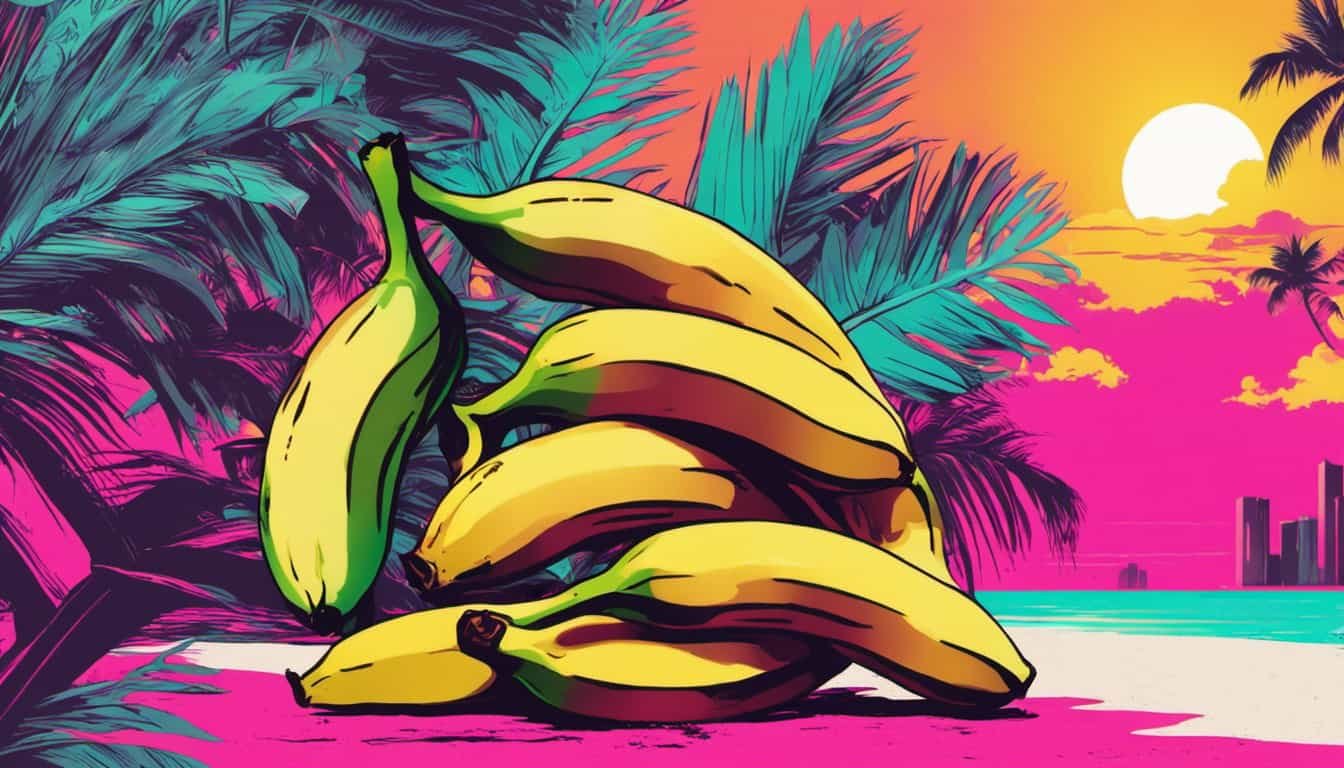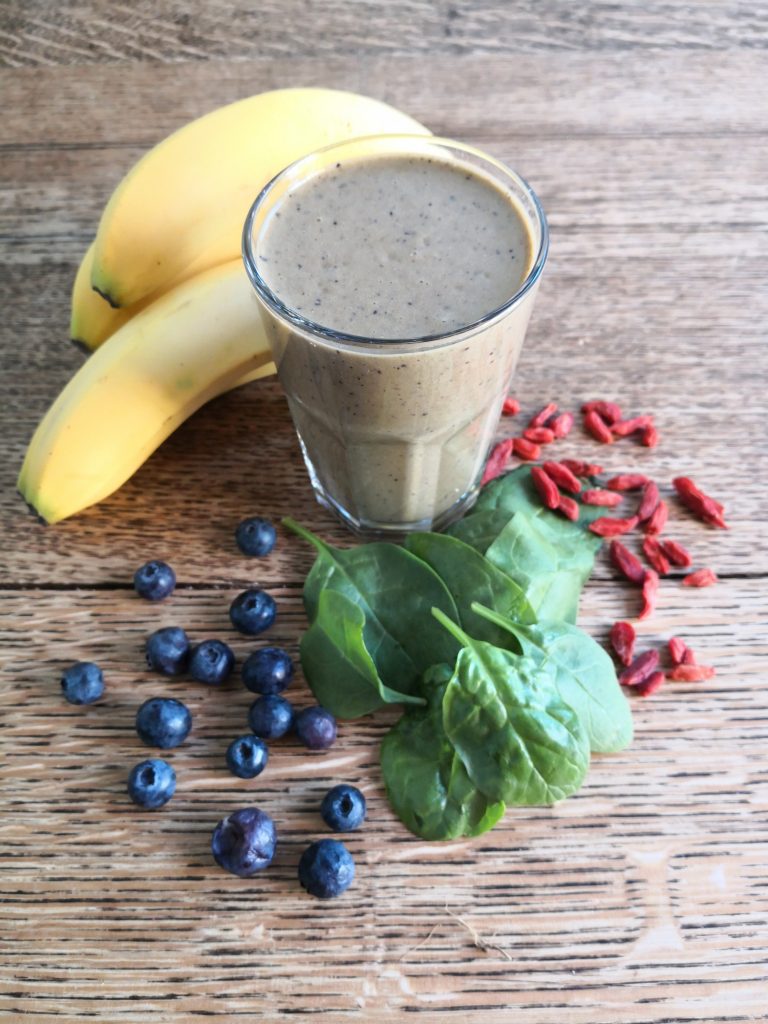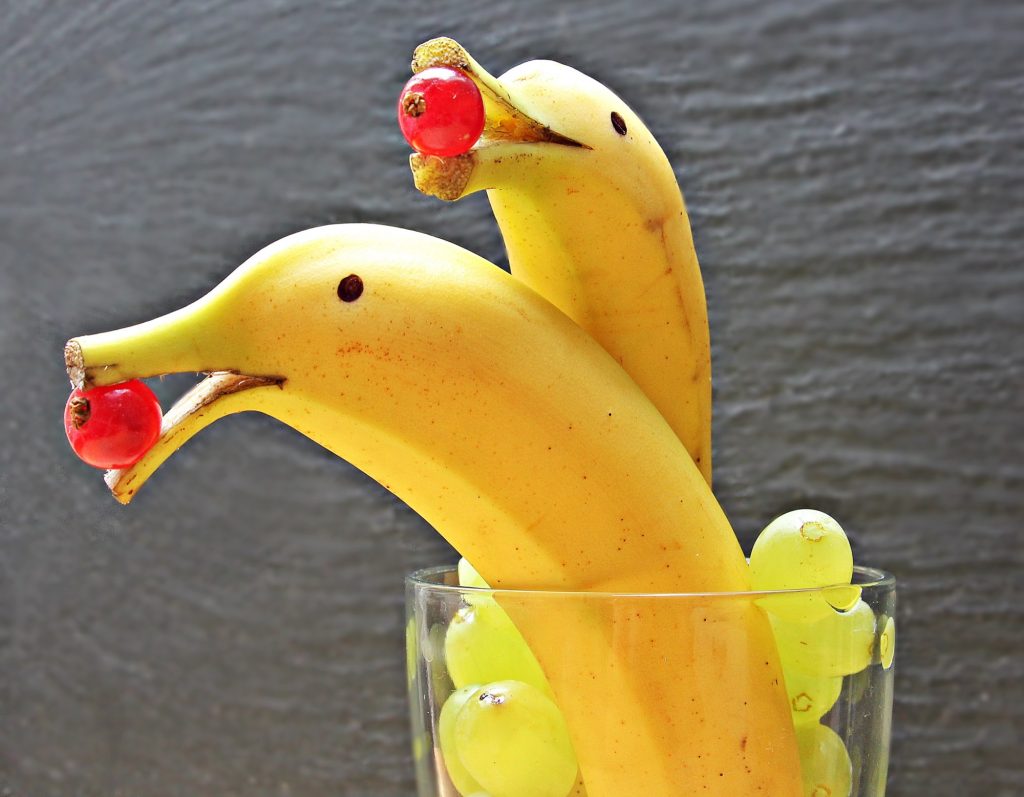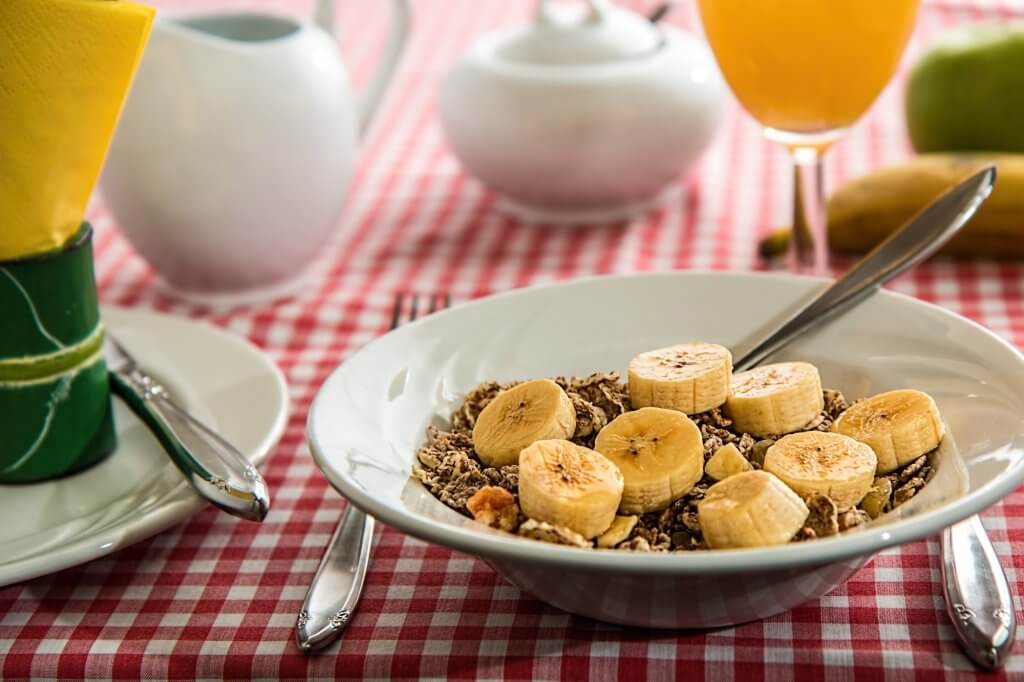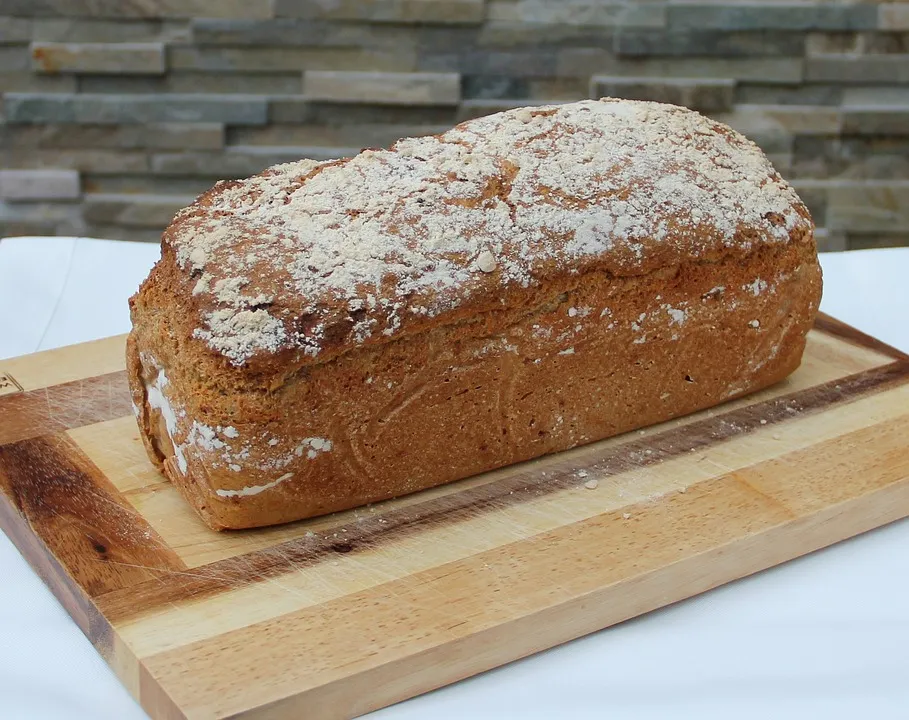
Looking to satisfy your sweet tooth without the guilt? Look no further than this delicious banana bread recipe without dairy. Whether you’re lactose intolerant, following a dairy-free diet, or simply want to try something new, this recipe is sure to become a staple in your kitchen. With its moist texture, rich banana flavor, and hints of cinnamon, it’s a treat that everyone can enjoy.
Banana bread is a classic comfort food that never fails to bring a smile to your face. And with this dairy-free version, you can indulge in its goodness without any worries. Made with simple, wholesome ingredients, this recipe swaps out traditional dairy products for plant-based alternatives, without compromising on taste or texture. So grab those ripe bananas sitting on your counter and get ready to bake up a delicious loaf of banana bread that’s both dairy-free and delectable.
There’s nothing quite like the aroma of freshly baked banana bread wafting through your home. And now, with this dairy-free recipe, you can enjoy that heavenly scent and savor every bite. From breakfast to dessert or a tasty snack in between, this banana bread is versatile and can be enjoyed any time of day. So, let’s dive into the recipe and get ready to bake a loaf that will have everyone asking for seconds.
Why Dairy-Free?
If you’re wondering why you should opt for a dairy-free banana bread recipe, let me enlighten you on the benefits. Incorporating dairy-free alternatives can offer a range of advantages for both your health and the environment. Here’s why going dairy-free might be a great choice for you:
1. Lactose Intolerance and Allergies: Many individuals suffer from lactose intolerance or dairy allergies, which can cause digestive issues, discomfort, and even more severe reactions. By choosing a dairy-free banana bread recipe, you can enjoy a delicious treat without any unpleasant side effects.
2. Healthier Option: Dairy-free alternatives often contain fewer saturated fats and cholesterol compared to traditional dairy products. Choosing plant-based alternatives can help promote heart health, lower cholesterol levels, and reduce the risk of certain chronic diseases.
3. Ethical and Environmental Considerations: The dairy industry has been associated with environmental issues such as deforestation, greenhouse gas emissions, and water pollution. By opting for dairy-free options, you can contribute to a more sustainable and eco-friendly food system.
4. Versatility: Dairy-free banana bread is not only suitable for those with dietary restrictions, but it can also be enjoyed by everyone. It’s a versatile recipe that caters to a wide range of tastes and preferences.
5. Innovative and Delicious: Dairy-free alternatives have come a long way in terms of taste and texture. With the right combination of ingredients, you can create a moist and flavorful banana bread that rivals any traditional recipe.
Choosing the Right Flour
When it comes to making a delicious dairy-free banana bread, choosing the right flour is key. The type of flour you use can greatly affect the texture and flavor of your bread. Here are a few options to consider:
- All-Purpose Flour: This is the most common type of flour used in baking. It provides a good balance of protein and starch, resulting in a tender and moist banana bread. It’s readily available and works well as a substitute for recipes that call for regular flour.
- Whole Wheat Flour: If you’re looking for a healthier option, whole wheat flour is a great choice. It is made from the entire wheat grain, which means it retains more nutrients and fiber compared to all-purpose flour. While it may result in a slightly denser bread, it adds a nutty flavor and a hearty texture to your banana bread.
- Almond Flour: For those following a gluten-free diet or looking for a low-carb alternative, almond flour is an excellent option. It is made from ground almonds and adds a rich and buttery taste to your banana bread. Keep in mind that almond flour is denser than regular flour, so you may need to adjust the amount or add extra moisture to your recipe.
- Coconut Flour: Another gluten-free and low-carb option is coconut flour. It is made from dried coconut meat and has a subtly sweet flavor. Coconut flour is highly absorbent, so you’ll need to use less of it compared to other flours. It can result in a dense and moist banana bread, so be sure to follow a recipe specifically designed for coconut flour.
Remember, the type of flour you choose ultimately depends on your dietary preferences and needs. Experiment with different flours to find the one that best suits your taste and gives you the desired texture for your dairy-free banana bread.
The Key Ingredients
When it comes to making a delicious dairy-free banana bread, the key ingredients are the stars of the show. With just a few simple ingredients, you can create a moist and flavorful banana bread that everyone will love. Here are the essential components you’ll need:

1. Ripe Bananas: The star ingredient of any banana bread recipe is, of course, the bananas themselves. Make sure to use ripe bananas that are soft and sweet. The riper the bananas, the more flavor they will impart to your bread. Plus, ripe bananas are easier to mash, resulting in a smoother batter.
2. Dairy-Free Milk: To make your banana bread dairy-free, you’ll need to substitute traditional milk with a dairy-free alternative. There are plenty of options to choose from, such as almond milk, coconut milk, oat milk, or soy milk. These alternatives not only add moisture to the bread but also provide a creamy texture without the use of dairy products.
3. Oil: Adding a source of fat is crucial to achieving a moist and tender banana bread. Opt for a neutral-flavored oil like canola or vegetable oil. Alternatively, you can use melted coconut oil for a hint of tropical flavor.
4. Sweetener: While the natural sweetness of ripe bananas is often enough, adding a touch of sweetener can enhance the overall taste of your banana bread. You can use options like maple syrup, agave nectar, or even coconut sugar for a healthier alternative to refined sugar.
5. Flour: The type of flour you choose can make a significant difference in the texture and flavor of your banana bread. For a classic and versatile option, all-purpose flour works well. If you prefer a nuttier taste and denser texture, try using whole wheat flour. Almond flour and coconut flour are excellent choices for those following a gluten-free or paleo diet.
Preparing the Banana Mixture
When it comes to making banana bread without dairy, the star of the show is, of course, the bananas. These naturally sweet and moist fruits not only provide flavor but also act as a binding agent, making the bread soft and delicious. Here’s how you can prepare the perfect banana mixture for your dairy-free banana bread:

- Choose ripe bananas: Look for bananas that are fully ripe with brown spots on their skin. These bananas are sweeter and have a stronger flavor, which will enhance the taste of your bread. Plus, ripe bananas are easier to mash, resulting in a smoother and more uniform mixture.
- Mash the bananas: Peel the ripe bananas and place them in a mixing bowl. Use a fork or a potato masher to mash the bananas until they reach a smooth consistency. It’s okay if there are small lumps remaining, as they will add texture to the bread.
- Add the wet ingredients: To the mashed bananas, add the dairy-free milk of your choice. You can use almond milk, coconut milk, oat milk, or any other non-dairy alternative. The milk will help to further moisten the bread and create a tender texture. Also, add the oil of your choice, such as melted coconut oil or vegetable oil. These ingredients will provide the necessary moisture in the absence of dairy.
- Sweeten it up: To balance the natural tartness of the bananas, add a sweetener of your choice. You can use maple syrup, agave nectar, or even coconut sugar. Adjust the amount according to your preference for sweetness.
- Mix it all together: Use a whisk or a spatula to thoroughly mix the banana, dairy-free milk, oil, and sweetener together until well combined. Make sure there are no lumps of banana left and the mixture is smooth and creamy.
« Transform Banana Bread into Delicious Muffins: Easy Recipe and Variations
Delicious Banana Bread Recipe with Walnuts and Chocolate Chips for Mouthwatering Results »
And voila! Your banana mixture is ready to be incorporated into the rest of the recipe. Stay tuned for the next section, where we will explore the different flour options for your dairy-free banana bread.
Mixing Dry and Wet Ingredients
Now that you’ve prepared the perfect banana mixture, it’s time to move on to the next step: mixing the dry and wet ingredients. This is where the magic happens and your dairy-free banana bread starts to take shape.
To ensure a moist and flavorful bread, it’s important to measure your ingredients accurately. Here’s how you can mix the dry and wet ingredients together:
- In a separate bowl, combine the dry ingredients. This typically includes flour, baking powder, baking soda, and a pinch of salt. You can experiment with different types of flour, such as all-purpose flour, whole wheat flour, almond flour, or coconut flour, depending on your dietary preferences and needs.
- Use a whisk or a fork to thoroughly mix the dry ingredients together. This will help distribute the leavening agents and salt evenly throughout the flour, ensuring a well-risen and well-seasoned bread.
- In another bowl, combine the wet ingredients. This includes your banana mixture, dairy-free milk, and oil. The banana mixture will add moisture and flavor to the bread, while the dairy-free milk and oil will provide the necessary fats for a tender texture.
- Gradually pour the wet ingredients into the bowl with the dry ingredients. Use a spatula or wooden spoon to gently fold the mixture together. Be careful not to overmix, as this can result in a dense and tough bread. Stop mixing as soon as the ingredients are just combined.
By mixing the dry and wet ingredients separately before combining them, you ensure that all the flavors and textures are evenly distributed throughout the batter. This will result in a perfectly balanced and delicious dairy-free banana bread.
Remember, baking is both a science and an art, so don’t be afraid to experiment with different variations and additions to make the recipe your own. Whether you prefer adding nuts, chocolate chips, or a sprinkle of cinnamon, the possibilities are endless.
Baking Tips
Now that you have your dairy-free banana bread mixture all set, it’s time to dive into some baking tips that will help you achieve the perfect loaf every time. Whether you’re a seasoned baker or just starting out, these tips will ensure that your banana bread turns out moist, flavorful, and oh-so-delicious.
Tip 1: Choose the Right Pan
Choosing the right pan is crucial for baking the perfect banana bread. Opt for a loaf pan that is about 9×5 inches in size. Using the right pan size ensures even baking and prevents the bread from being undercooked or overcooked.
Tip 2: Preheat the Oven
Don’t forget to preheat your oven! Preheating is essential for even baking and helps the bread rise properly. Set your oven to 350°F (175°C) and allow it to heat up while you prepare the batter.
Tip 3: Grease and Flour the Pan
To prevent your banana bread from sticking to the pan, make sure to grease it properly. You can use cooking spray or a bit of oil and spread it evenly on the bottom and sides of the pan. Additionally, dusting the greased pan with flour will provide an extra layer of protection and make it easier to remove the bread once it’s baked.
Tip 4: Bake Until Golden Brown

Keep a close eye on your banana bread while it’s baking. The exact baking time may vary depending on your oven, but a good rule of thumb is to bake it for around 50-60 minutes. Insert a toothpick into the center of the bread – if it comes out clean or with just a few crumbs clinging to it, your bread is ready! The top should be a beautiful golden brown color.
Tip 5: Allow to Cool Before Slicing
It may be tempting to dive right into your freshly baked banana bread, but it’s important to let it cool down completely before slicing. This allows the flavors to develop and ensures that the bread holds its shape when sliced. Give it at least 15-20 minutes to cool in the pan, then transfer it to a wire rack to cool completely.
Remember, baking is a delightful journey of experimentation and creativity. Don’t be afraid to add your own twist to the recipe or try different variations. Whether you enjoy it plain, with a spread of dairy-free butter, or even with a sprinkle of cinnamon,
Dairy-Free Substitutions
If you’re looking to make a delectable banana bread without dairy, there are plenty of substitutions you can use to achieve that same delicious taste and texture. Here are a few dairy-free alternatives that you can try:
- Plant-based Milk: Instead of using regular milk, you can opt for plant-based milk options such as almond milk, coconut milk, or oat milk. These alternatives not only provide a creamy texture but also add a subtle nutty or tropical flavor to your banana bread.
- Vegan Butter: Swap out the butter with vegan butter or margarine. Look for brands that are specifically labeled as dairy-free to ensure that they don’t contain any milk solids. Vegan butter will provide the necessary fat for moist and tender banana bread.
- Applesauce: Another great dairy-free substitute for butter is applesauce. It adds moisture to the bread while also enhancing the natural sweetness of the bananas. Replace the butter with an equal amount of applesauce for a healthier twist on your banana bread.
- Coconut Oil: For a tropical twist, replace the butter with coconut oil. Not only does it add a subtle coconut flavor, but it also helps create a moist and tender texture in your banana bread. Use the same amount of coconut oil as you would butter in the recipe.
Remember, when making dairy-free substitutions, it’s important to consider the flavor profile you want to achieve. Each substitution brings its own unique taste to the bread, so feel free to experiment and find the combination that suits your preferences.
Enjoying Your Dairy-Free Banana Bread
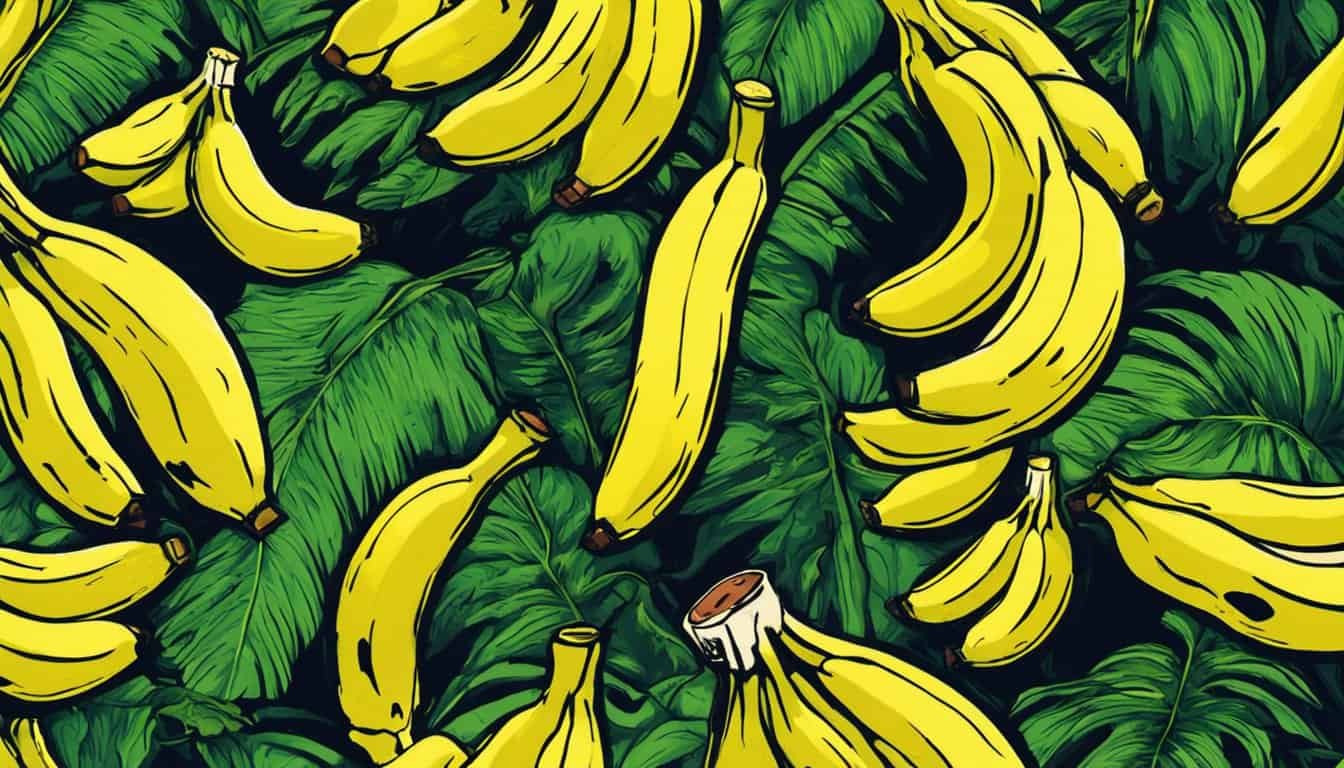
Now that you have mastered the art of baking a delicious dairy-free banana bread, it’s time to savor the fruits of your labor! Here are a few tips on how to fully enjoy your dairy-free banana bread:
1. Pair it with a hot cup of coffee or tea: There’s nothing quite like the combination of a warm slice of banana bread and a steaming cup of your favorite beverage. The rich flavors of the bread complement the aromatic flavors of coffee or tea, creating a delightful sensory experience.
2. Spread on some dairy-free butter: If you’re looking for that extra touch of indulgence, try spreading a layer of dairy-free butter on your banana bread. It adds a creamy and buttery texture that perfectly complements the moistness of the bread. Look for dairy-free butter alternatives made from plant-based oils like coconut or avocado.
3. Get creative with toppings: Banana bread is incredibly versatile and can be paired with a variety of toppings to suit your taste. Try sprinkling some chopped nuts, such as walnuts or almonds, on top for added crunch. You can also drizzle some dairy-free chocolate sauce or caramel sauce for a touch of sweetness.
4. Serve it as a dessert or a snack: Whether you’re looking for a satisfying dessert or a quick snack, dairy-free banana bread fits the bill. Enjoy a slice after dinner as a guilt-free dessert, or pack a slice in your lunchbox for a midday treat. It’s a versatile baked good that can be enjoyed at any time of the day.

5. Share with friends and family: One of the joys of baking is sharing your delicious creations with loved ones. Invite friends over for a cup of tea and a slice of your homemade dairy-free banana bread. Not only will you impress them with your baking skills, but you’ll also introduce them to the wonders of dairy-free baking.
Conclusion
Now that you have all the necessary information and a delicious recipe, you are ready to embark on your dairy-free banana bread baking journey! By choosing dairy-free alternatives, you can enjoy a moist and flavorful loaf without compromising on taste or texture.
Remember to select the right flour for your bread and follow the step-by-step guide to prepare the perfect banana mixture. When it comes to baking, pay attention to key tips such as choosing the right pan size, preheating the oven, and greasing and flouring the pan. Bake until golden brown and allow the bread to cool before slicing for the best results.
If you need to substitute dairy ingredients, there are plenty of options available. Experiment and personalize the recipe to suit your taste preferences. And don’t forget to fully enjoy your dairy-free banana bread by pairing it with a cup of coffee or tea, adding dairy-free butter, or getting creative with toppings. Whether served as a dessert or a snack, this bread is perfect for sharing with friends and family.
So go ahead, gather your ingredients, and get baking! Enjoy the mouthwatering aroma and the satisfaction of creating a dairy-free treat that everyone will love.
